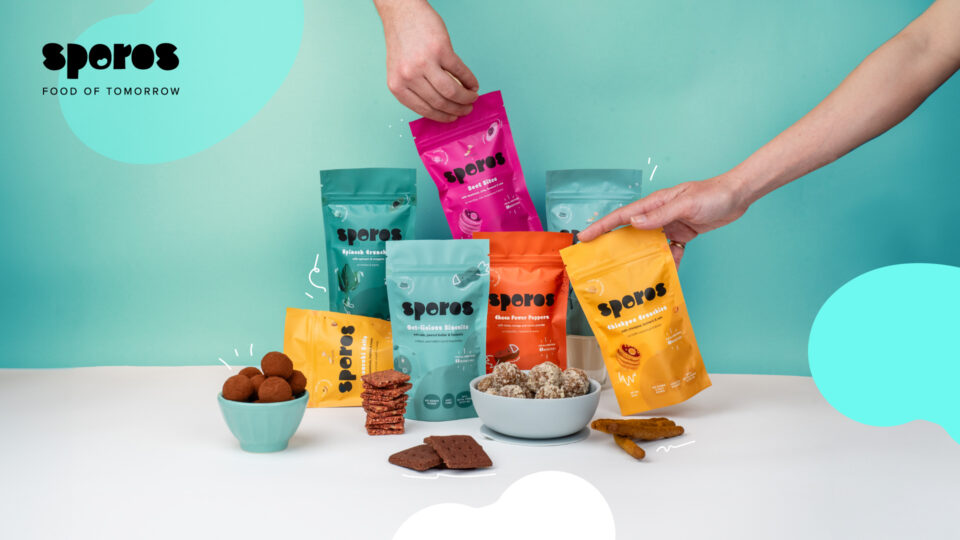
It may be a bit challenging after Christmas and New Year’s Eve to get back to your routine… especially if you have been enjoying the celebrations a lot…
How can someone though return back to his fitness routine and nutrition plan after a period of complete enjoyment? Definitely, it is a tricky question. What I would recommend is to start building and improving your habits instead of start following a FAD diet. The only thing FAD diets do, are helping you lose weight quickly, and increase the weight as soon as you return back to your old habits. Thus, check below the 5+1 nutrition resolutions that I would recommend to you!
1. Start having at least 2 or 3 veggies per day.
Nutritionists usually recommend to people who try to improve their lifestyle to consume at least 5 vegetables and fruits per day. You can do this by adding a salad with your lunch and dinner and by having some veggies for snacks. For example, nutritious and quick snack ideas are avocado dip or yogurt dip or hummus dip with baby tomatoes, cucumber or carrots. If for example, you are going to have an omelette or poached eggs for breakfast, you can top these meals up by adding veggies on the side such as spinach, green salad, broccoli or mushrooms. What do you think? Is it that difficult?
2. One apple a day takes the doctor away!
This is a phrase you have heard many times and I believe that you can start considering it on a daily basis. It’s not just the apple that will offer benefits to your health, but any fruit you add to your nutrition plan daily will provide you with good amounts of vitamins, minerals, antioxidants and fibres. This way, you will not only manage to boost your immunity, but you will manage to improve your gut health, as consuming 25-30 g of fibre daily (1, 2), can increase satiety, improve digestion, help in maintaining a normal body weight, and decrease the possibility of developing cardiovascular diseases (3). Ideally, you should try for 2 fruits per day and always try to combine them with nuts, seeds or nut butters, so you can have complete snacks and feel full for longer.
Of course, try to choose the fruits and the veggies you consume based on seasonality as they are going to have more nutrients when they are in season (4, 5).
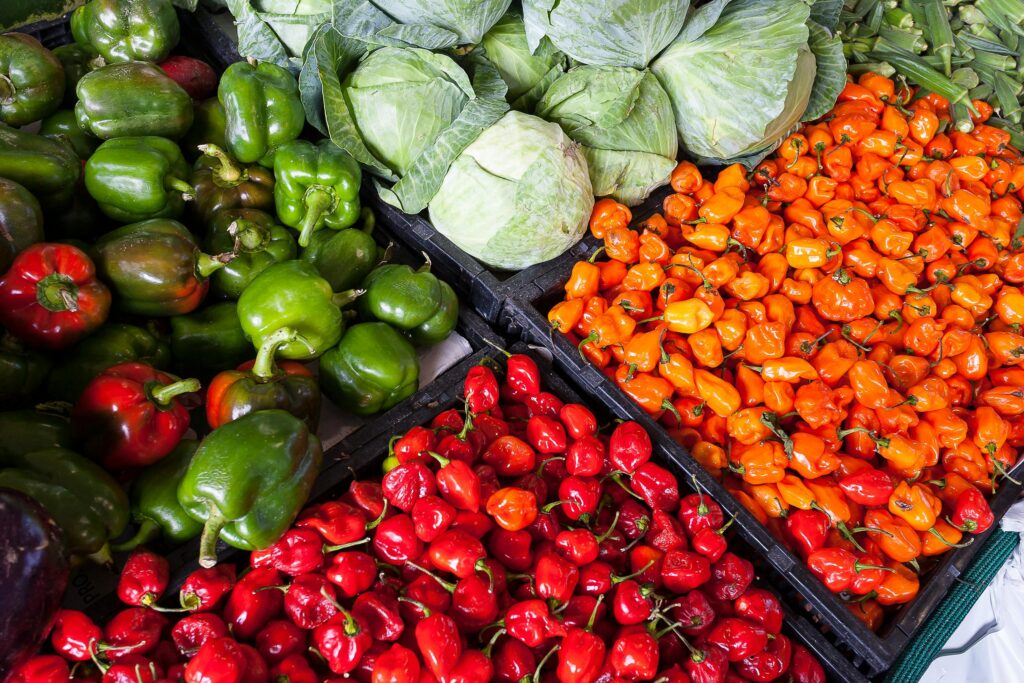
3. Keep well hydrated!
I know some of you may be tired of listening to this, but by drinking enough water per day you can certainly boost your metabolism. You can download a water app so you can start tracking your water consumption. Remember that as a generic guideline women should aim for 2.2 litres per day and men for 3 litres per day (6). Additionally, UK recommendations are 6-8 glasses of liquids daily. Keep in mind that you can hydrate yourself by consuming more veggies, salads and fruits as they contain good amounts of water, too. Moreover, consider checking your urine colour as this can be a good indicator of how well hydrated you are.
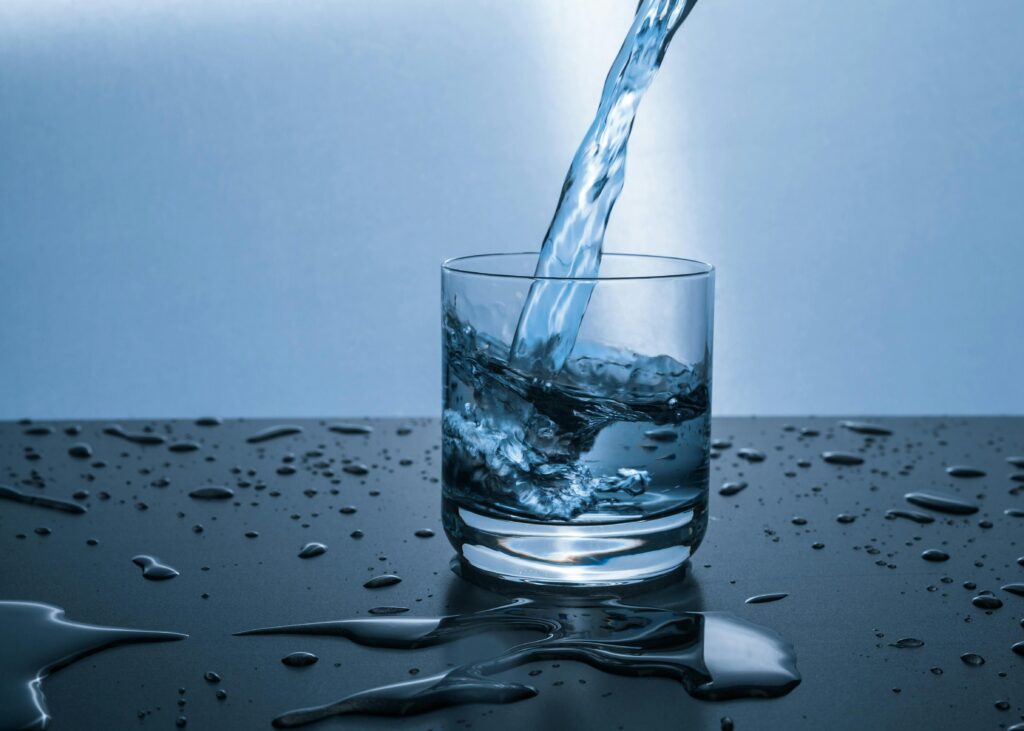
4. Reduce ready-made meals.
If you truly want to give a gift to yourself this year, try to reduce the amounts of ready-made processed foods you consume daily. If you tend to buy products from the bakery or ready-made meals from the super market, or tend to order foods from your favorite restaurant, try to reduce this as much as you can. For example, if you used to do this every day, reduce it to 3 times per week. Processed foods contain many saturated and trans fatty acids, sugars and salt and research (7, 8) has shown that consuming these foods often will increase body weight and the possibility of developing chronic diseases (7).
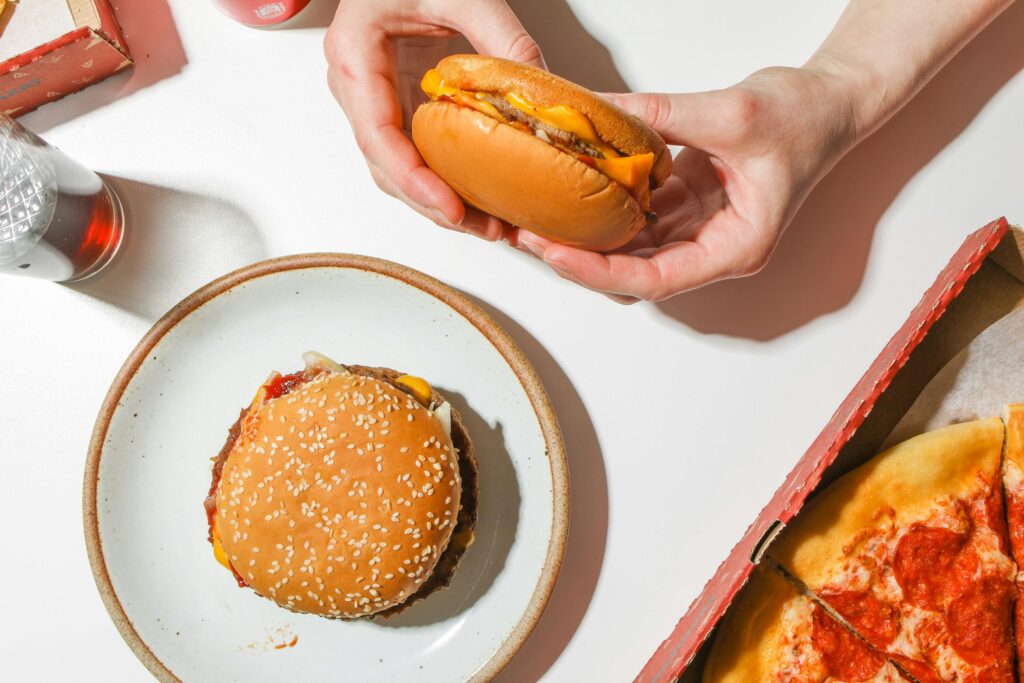
5. Top up your meals with protein.
Protein is for sure the most popular macronutrient. Despite this many of us, do not add the required amount of protein into our meals especially post-exercise. Keep in mind that we need protein to boost recovery post-exercise, to increase muscular mass and to replace the muscle glycogen (9, 10). Ideally you should aim to consume at least 20 g of protein (9, 10) post-exercise and you can take these amounts from foods, such as milk, chicken, turkey, cottage cheese, yogurt, eggs, tuna, salmon, nuts and seeds.
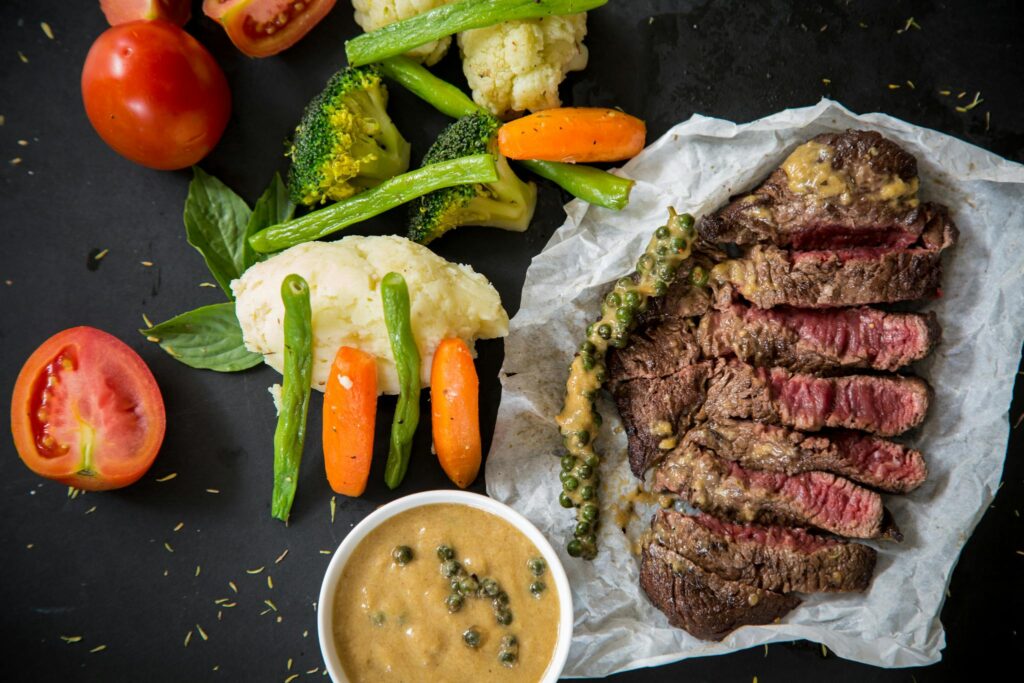
6. Start doing an activity you truly enjoy.
I hear people saying that they don’t like exercising, but what I believe is that they haven’t found an activity that they truly enjoy, where they have fun and feel happy while doing it. If you have tried a few different activities and you still don’t like any of them, just don’t lose your faith. Do your research online and start trying a few different activities. You can also consider trekking or visiting and exploring a different place once per week, so that you can do a bit more walking. Ideally, you should do a weight training type of exercise, a yoga or Pilates session, dancing, running or functional training and have a variety of different types of exercise on a weekly basis.
These are my main tips, which I would recommend to you and what I believe you should put priority on. Of course, if you need more specialised and personalised advice, you should reach out and contact amvnutrition team for a consultation.
With everything you do, make sure you stay happy, healthy and active!
This article was written by the founder of amvnutrition.com, Anna-Maria, who is a registered sports nutritionist (practitioner registrant, SENr, BDA, INDI) and a sports scientist (EIMGreece). Anna-Maria has worked with a variety of different athletes and active individuals, she is an excellent communicator and she always finds appropriate and comforting ways to helps each individual she works with. You can see more of Anna-Maria’s background here.
References
- Crawford, M., Bell, G., Bueno, A., Cunnane, S., Clough, P., Emmett, P., Galli C., Golding, J., Harbige, L., Hibbeln, J.R., et al. (2010). Outcome of the Public Consultation on the Draft Opinion of the Scientific Panel on Dietetic Products, Nutrition, and Allergies (NDA) on Dietary Reference Values for Carbohydrates and Dietary Fibre. EFSA J, 8, 1507. doi: 10.2903/j.efsa.2010.1508.
- Stephen, A. M., Champ, M. M., Cloran, S. J., et al. (2017). Dietary fibre in Europe: current state of knowledge on definitions, sources, recommendations, intakes and relationships to health. Nutr Res Rev, 30, 149-90.
- Ioniță-Mîndrican, C. B., Ziani, K., Mititelu, M., Oprea, E., Neacșu, S. M., Moroșan, E., Dumitrescu, D. E., Roșca, A. C., Drăgănescu, D., Negrei, C. (2022). Therapeutic Benefits and Dietary Restrictions of Fiber Intake: A State of the Art Review. Nutrients, 26, 14 (13), 2641. doi: 10.3390/nu14132641. PMID: 35807822; PMCID: PMC9268622.
- Macdiarmid, J. I. (2014). Seasonality and dietary requirements: will eating seasonal food contribute to health and environmental sustainability? Proceedings of the Nutrition Society, 73 (3), 368-375. doi:10.1017/S0029665113003753
- Goldberg, G., Macevilly, C., Peltola., K. (2008). The effect of agronomy, storage, processing and cooking on bioactive substances in food. In Plants: Diet and Health: The Report of a British Nutrition Foundation Task Force. London: British Nutrition Foundation.
- Meinders, A. J., Meinders, A. E. (2010). Hoeveel water moeten we eigenlijk drinken? [How much water do we really need to drink?]. Ned Tijdschr Geneeskd, 154, A1757. Dutch. PMID: 20356431.
- Poti, J. M., Braga, B., Qin, B. (2017). Ultra-processed Food Intake and Obesity: What Really Matters for Health-Processing or Nutrient Content? Curr Obes Rep, 6 (4), 420-431. doi: 10.1007/s13679-017-0285-4. PMID: 29071481; PMCID: PMC5787353.
- Gramza-Michałowska, A. (2020). The Effects of Ultra-Processed Food Consumption-Is There Any Action Needed? Nutrients, 12 (9), 2556. doi: 10.3390/nu12092556. PMID: 32846915; PMCID: PMC7551378.
- van Loon L. J. (2013). Role of dietary protein in post-exercise muscle reconditioning. Nestle Nutr Inst Workshop Ser. 75, 73-83. doi: 10.1159/000345821. Epub 2013 Apr 16. PMID: 23765352.
- Jäger, R., Kerksick, C. M., Campbell, B. I., Cribb, P. J., Wells, S. D., Skwiat, T. M., Purpura, M., Ziegenfuss, T. N., Ferrando, A. A., Arent, S. M., Smith-Ryan, A. E., Stout, J. R., Arciero, P. J., Ormsbee, M. J., Taylor, L. W., Wilborn, C. D., Kalman, D. S., Kreider, R. B., Willoughby, D. S., Hoffman, J. R., Krzykowski, J. L., Antonio, J. International Society of Sports Nutrition Position Stand: protein and exercise(2017). J Int Soc Sports Nutr, 14, 20. doi: 10.1186/s12970-017-0177-8. PMID: 28642676; PMCID: PMC5477153.




